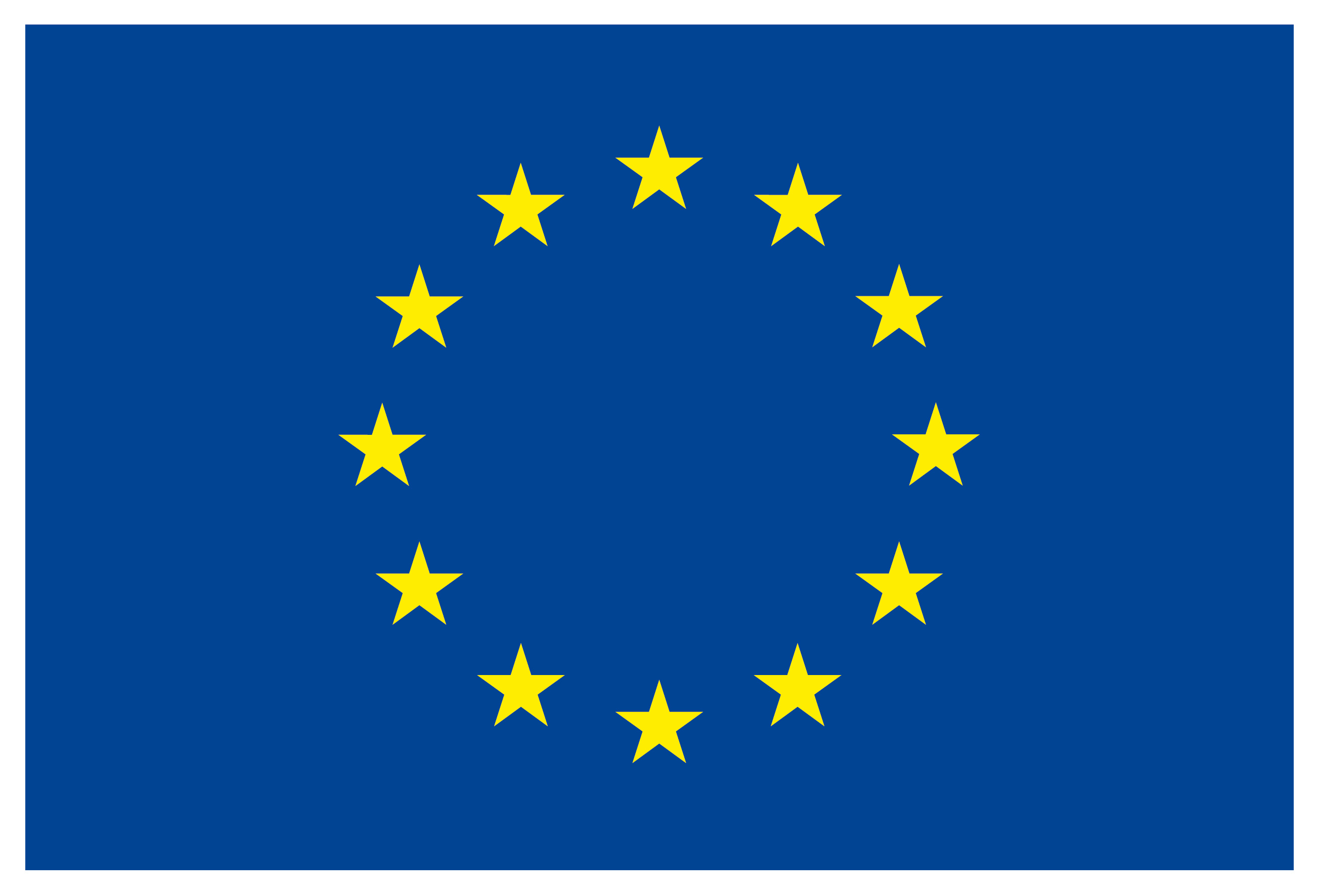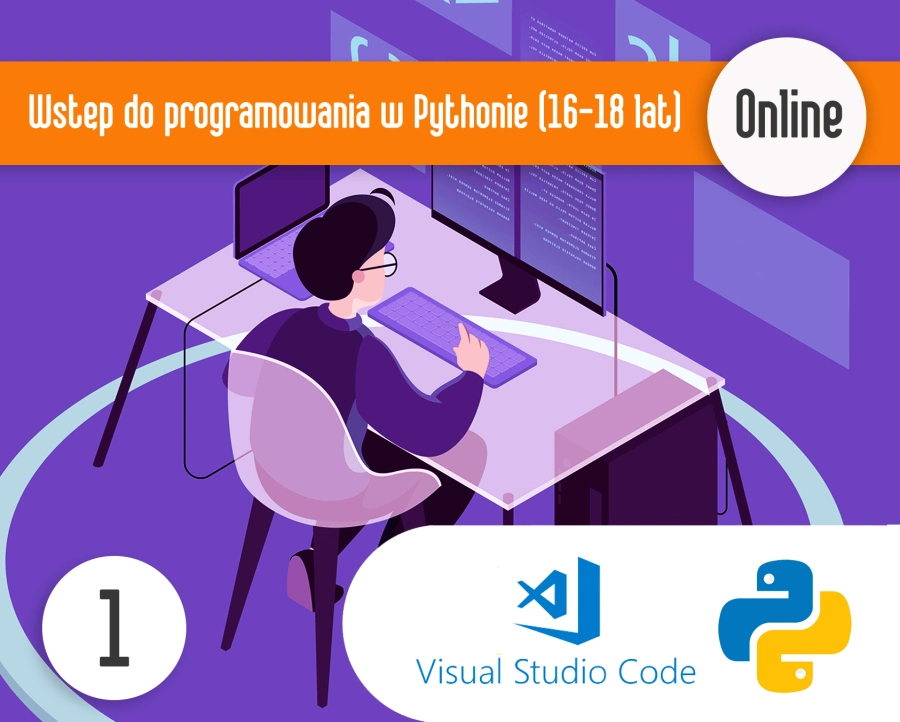Unia Europejska

Wstęp do Programowania w Pythonie semestr 1 ONLINE po Angielsku
Kurs realizowany jest w całości w języku angielskim. Wymagana jest komunikatywna znajomość języka angielskiego.
The course is conducted entirely in English. Communicative competence of the English language is required.
Wstęp do programowania w Pythonie to wprowadzenie w podstawy kodowania w jednym z języków używanych przez profesjonalnych programistów. Zajęcia prowadzone są przy pomocy środowiska Visual Studio. W trakcie kursu, poznamy najważniejsze terminy programistyczne, takie jak zmienne, instrukcje warunkowe, pętle czy listy.
An introduction to Python programming is a great start to the basics of coding in one of the languages used by professional programmers. During the classes we are using the Visual Studio environment and we can learn the most important programming terms, such as variables, conditional statements, loops and lists.
Wprowadzenie
Kurs, obejmujący 2 semestry, to okazja do poznania języka używanego przez zawodowych programistów. Poznając język programowania Python, uczniowie zostają wprowadzeni w terminologię stosowaną powszechnie w środowisku IT, uczą się pisać własny kod i tworzyć swoje programy.
This 2 semester course is a perfect opportunity to learn coding language used by professional programmers. Students will get familiar with terms and concepts that are commonly used in IT environment. They will learn to code on and create applications on their own.
Program kursu
In this lesson we’ll create our first program in Python and get to know the Visual Studio Code IDE (Integrated Development Environment).
In this lesson we’ll learn basic data types (int, float, bool, string) and the term variable. We’ll also learn the most commonly used mathematical and logical operators.
In this lesson we’ll get to know basic mathematical operations on variables and built-in Python maths functions.
In this lesson we’ll dive into the world of relational and logical operations: >, >=, <, <=, ==, !=, ‘and’, ‘or’, ‘not’.
In this lesson we’ll learn what conditional statements are and how to use them.
In this lesson we’ll reinforce our knowledge about conditional statements and use them in different exercises.
In this lesson we’ll introduce loops. We’ll get to know the while loop and its use cases based on examples.
In this lesson we’ll deepen our knowledge about loops. We’ll learn the for loop. We’ll find out how to choose a proper loop for a given task and how to nest loops.
In this lesson we’ll learn Python Lists and deepen our knowledge about strings.
In this lesson we’ll learn functions.
In this lesson we’ll reinforce our knowledge about functions and add some new interesting information.
In this lesson we’ll learn the pygame module and create our first application with graphics.
In this lesson we’ll introduce advanced features of the pygame module and create a graphical application.
In this lesson we’ll revise our knowledge gained over this course.
Gwarantowana satysfakcja albo
zwrot pieniędzy
Możesz zrezygnować po pierwszych zajęciach!
Skontaktuj się jeśli dalej szukasz odpowiedzi
Zapisy i terminarzInformacja o plasowaniu ofert
Kursy są wyświetlane w zależności od wieku potencjalnych uczestników (pierwsze wyświetlane są kursy dla najmłodszych) oraz poziomu zaawansowania (pierwsze wyświetlane są kursy dla najmniej zaawansowanych uczestników). Wyświetlanie kursów nie jest uzależnione od dokonania jakichkolwiek płatności na naszą rzecz przez ich organizatorów lub od płatnej reklamy.



